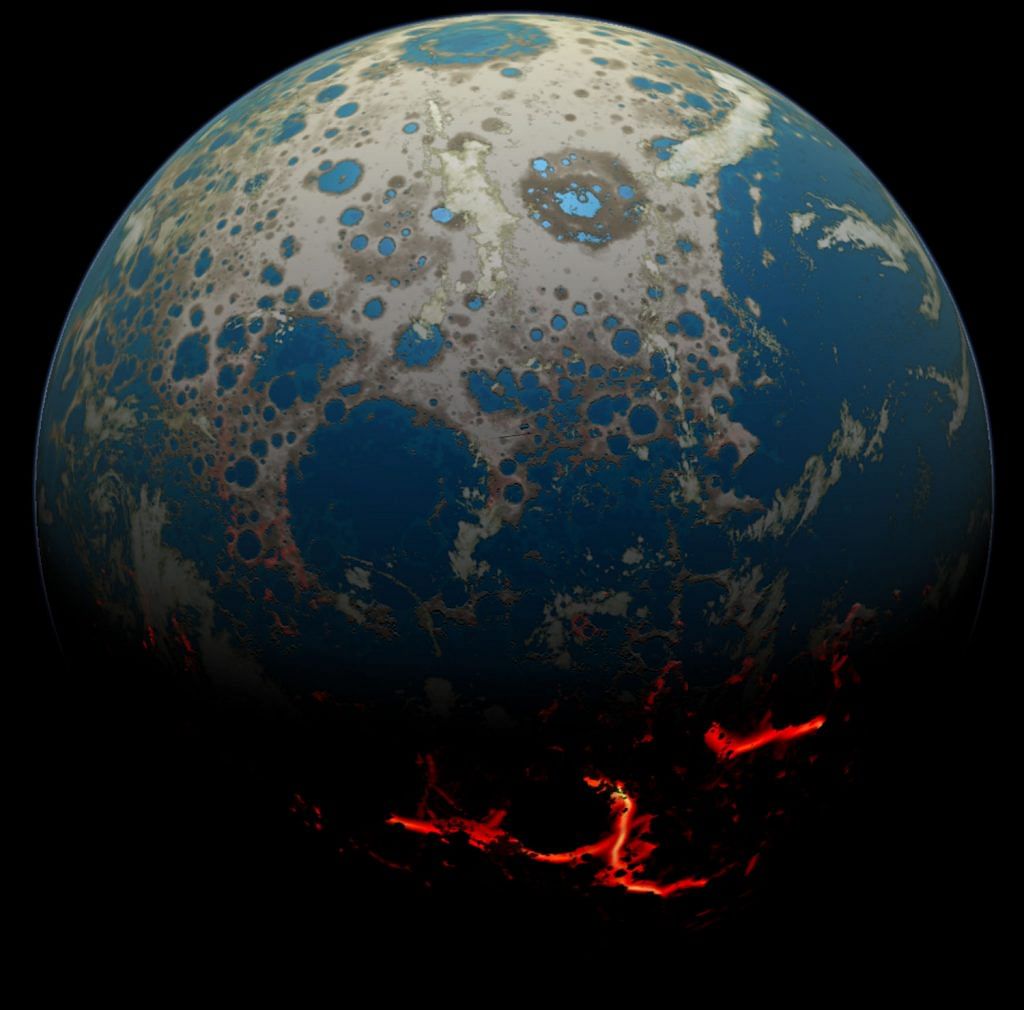Scientists have discovered why the North Magnetic Pole has, in recent years, shifted away from Canada towards Siberia. A team from the University of Leeds in the UK says this is explained by the competition of two magnetic “blobs” on the edge of the Earth’s outer core.
The researchers found that the changes in the flow of molten material in the planet’s interior have altered the strength of the above regions of negative magnetic flux. The changes in the pattern of flow have weakened the patch under Canada and slightly strengthened the one under Siberia. As a result, the North Pole has shifted from the Canadian Arctic and crossed over the International Date Line towards Russia. More on the BBC.
Test run of China’s experimental crewed spaceship’s return capsule a success
The return capsule of China’s experimental crewed spaceship successfully came back to Earth this week. The spaceship flew in orbit for two days and 19 hours, during which it carried out a series of space science and technology experiments, including space 3D printing.
China had launched the trial version of the new spaceship without a crew. It also tested key technologies, including heat shielding and control during its re-entry into the atmosphere, as well as multi-parachute recovery and partial reuse, said the China Manned Space Agency (CSMA).
The new-generation crewed spaceship is an advanced vehicle adapted to multiple tasks. It can be used not only in low-Earth orbit missions to support the construction of China’s space station, but also for deep-space exploration, such as crewed lunar exploration, CMSA said. More on E China News.
Closest black hole to Earth discovered 1,000 light years away
Scientists have discovered the closest known black hole to our solar system, located 1,000 light years from Earth.
Although black holes are invisible, two stars orbiting it helped researchers find its location. When researchers observed the star system, they found that one of the stars was completing an orbit around a hidden object every 40 Earth days. The second star orbited further away from the first star and the black hole.
This helped reveal that what the team was observing was actually a system of two stars and a black hole, not just a double star system. The observation was made using the MPG/ESO 2.2-meter telescope at the European Southern Observatory’s La Silla Observatory in Chile. A study published Wednesday in the journal Astronomy & Astrophysics describes the triple system. More on CNN.
Ancient DNA study decodes genetic profile of Andes civilisations
Researchers from University of Adelaide have completed the first large-scale study of DNA belonging to ancient humans of the central Andes in South America. The study revealed early genetic differences between groups of nearby regions, and surprising genetic continuity over thousands of years.
In the study, published in the journal Cell, researchers analysed the DNA of 89 humans who lived in the central Andes between 500 and 9,000 years ago, and compared it with the genetic diversity of present-day occupants. The ancient remains included 65 newly reported humans never before studied.
The study revealed that genetic differences between the people of the central Andean Highlands and coastal regions were in place as early as 9,000 years ago; with a north-south substructure of the Highlands developing by 5,800 BP (before present). These differences are still apparent in people living in these areas today. More on Heritage Daily.
